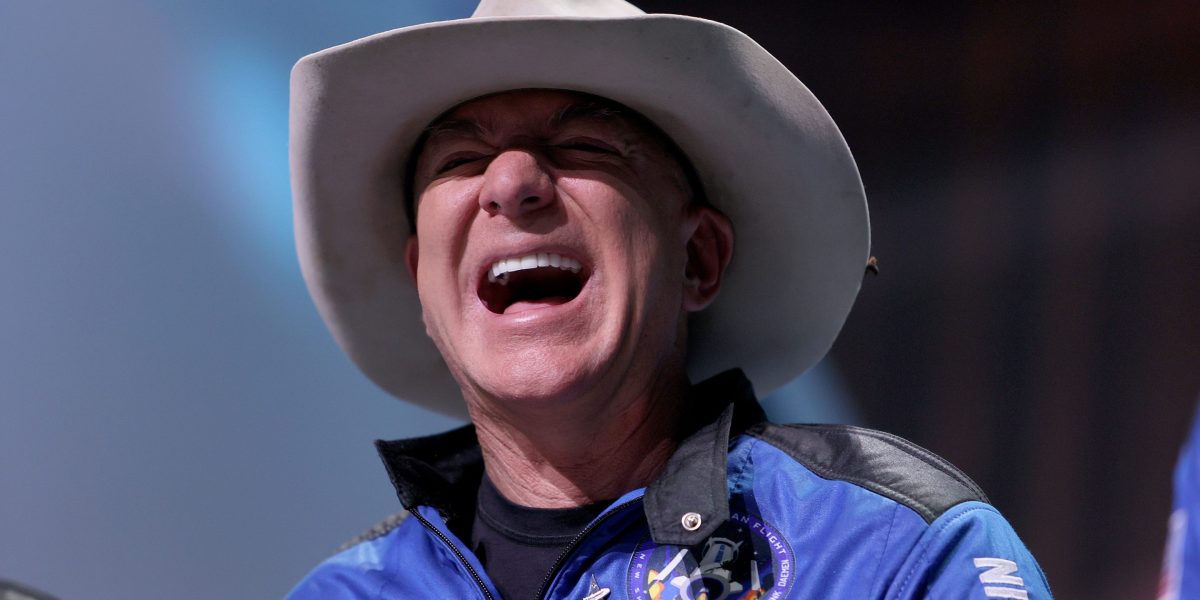Aerospace giant Boeing is under such financial strain that it’s exploring the sale of the business unit that supports key NASA missions, sources told the Wall Street Journal on Friday.
That could include the company’s Starliner space taxi program and operations related to the International Space Station, but would not include NASA’s massive Space Launch System rocket, the report said.
Such considerations occurred even before Kelly Ortberg took over as CEO in August. The Journal said before he came onboard, Boeing held discussions with Jeff Bezos’s Blue Origin space company about taking over some NASA programs.
A Boeing spokesperson told Fortune the company doesn’t comment on market rumors or speculation. Blue Origin didn’t immediately respond to a request for comment.
The news comes days after Boeing reported third-quarter results that showed a $6 billion loss as its commercial aircraft unit has been hobbled by a strike that continues to drag on, with workers rejecting the latest offer.
In addition, mishaps on Boeing passenger jets earlier this year have brought the company’s production processes and work culture under increasing scrutiny, further weighing on its commercial division.
During Ortberg’s first earnings conference call as CEO on Wednesday, he vowed to make the company iconic again, but also suggested it will take a hard look at units outside its core commercial and defense businesses.
“We’re better off doing less and doing it better than doing more and not doing it well,” he told analysts. “What do we want this company to look like five and 10 years from now? And do these things add value to the company or distract us?”
Boeing’s long space legacy includes the iconic Saturn V rocket that took astronauts to the moon during the Apollo program as well as the space shuttle. It’s also the prime contractor for the space station.
But its Starliner program suffered a major setback earlier this year, when a crewed test flight took two astronauts to the space station but left them stuck there due to glitches with the capsule.
In August, NASA said it would bring the astronauts back to Earth on a SpaceX mission in February 2025, pushing the astronauts’ total time in space to eight months, if all goes according to plan.
Meanwhile, SpaceX has been ferrying astronauts to and from the space station for years as the other contractor under NASA’s space taxi program. Elon Musk’s company has also emerged as a top provider of launch services for the U.S. military, other governments, and companies around the world.
SpaceX’s latest triumph was a test flight of its giant Starship rocket that saw its Super Heavy booster land itself on a launch pad earlier this month.
By contrast, Boeing has been lagging on its Starliner space taxi as well as its Space Launch System rocket, which is being designed for deep-space missions. While it had a successful test launch in 2022, it has suffered delays and cost overruns.
For its part, NASA has said it’s a long way from “writing off Boeing” as a space partner and has expressed continued confidence in the company.
In August, NASA Administrator Bill Nelson said he is “100%” certain that Boeing will launch another crewed mission on Starliner in the future, citing the working relationship between NASA and the company.
